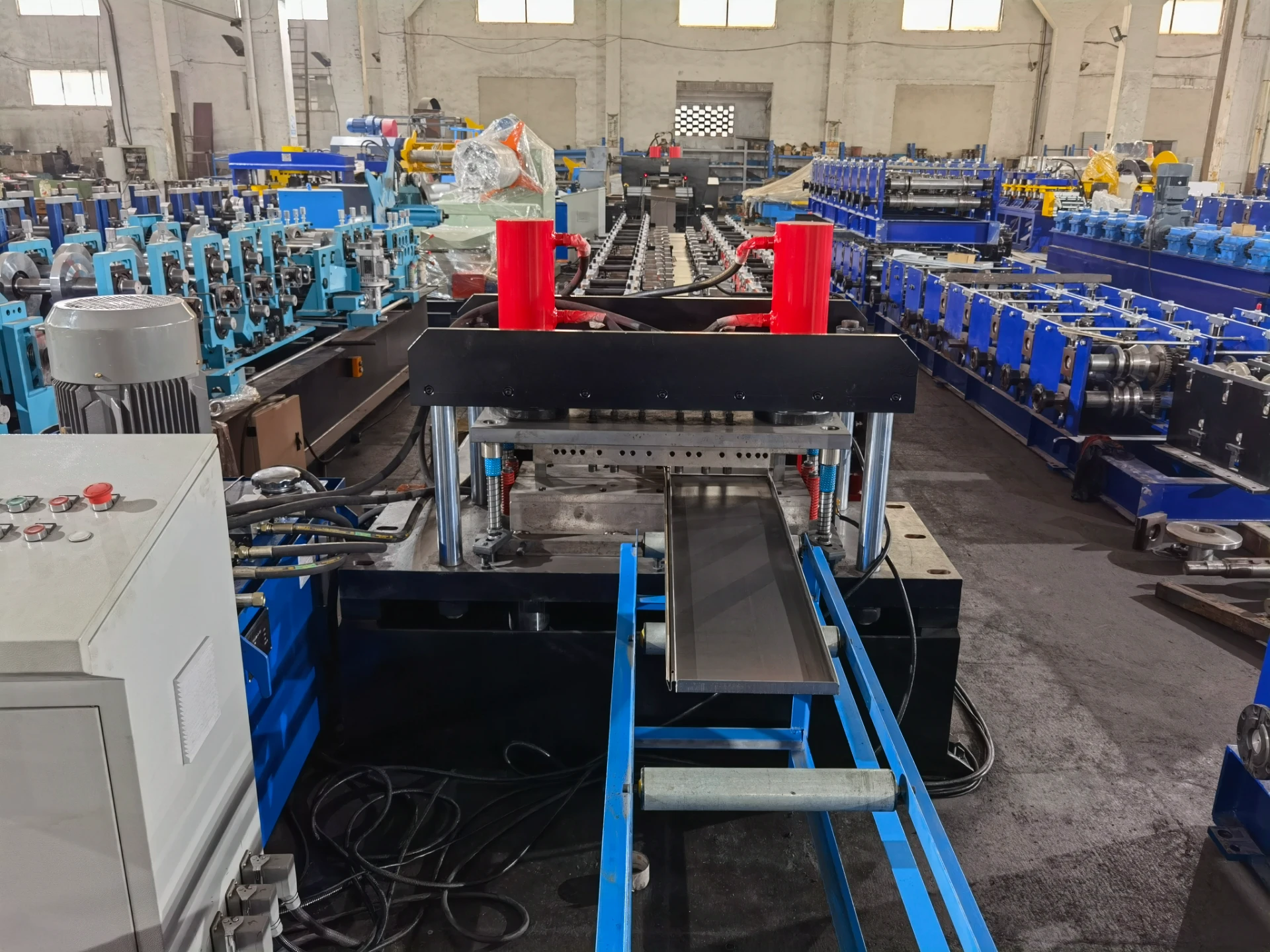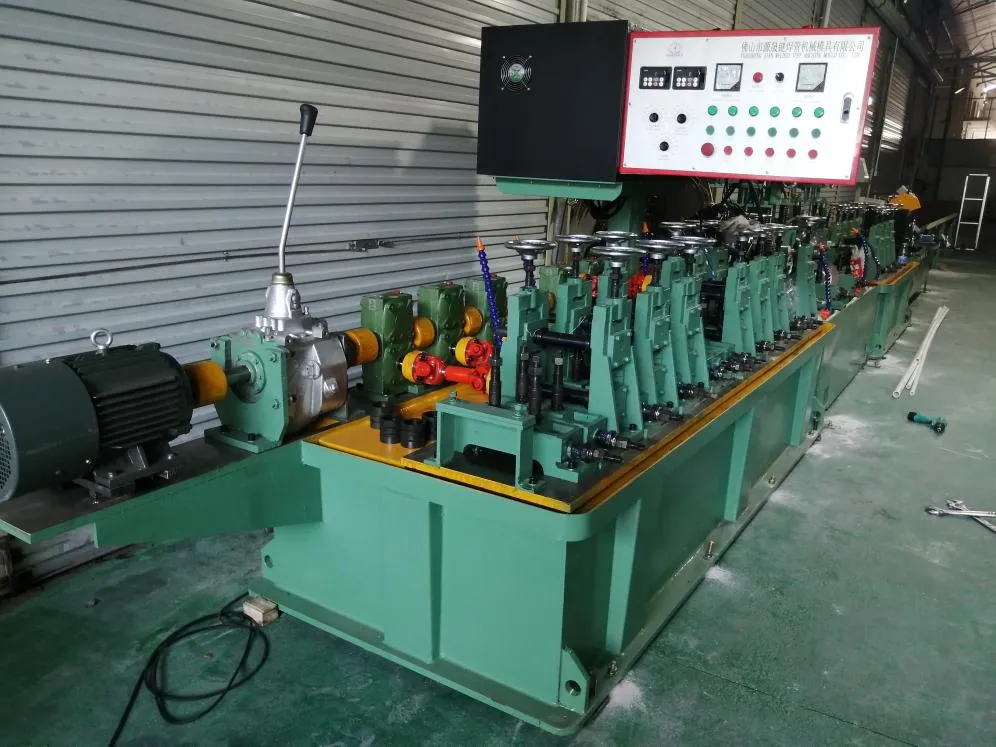Coil Cutting Line Precision Straightening & Cutting for Steel/HR Coils
- Industry Challenges in Metal Processing
- Technical Superiority of Advanced Cutting Systems
- Performance Benchmark: Top 5 Equipment Manufacturers
- Custom Engineering for Specific Material Requirements
- Operational Data from Automotive Sector Implementation
- Maintenance Strategies for Peak Productivity
- Future-Proofing Production with Coil Cutting Line Upgrades

(coil cutting line)
Understanding the Core Mechanics of Coil Cutting Line Technology
Modern metal fabrication demands sub-millimeter precision in processing steel coils up to 6mm thickness. A state-of-the-art coil cutting line
integrates three operational phases: decoiling with tension control (±2% accuracy), precision straightening (0.5mm/m flatness tolerance), and servo-driven cutting (cycle time <4 seconds). Thermal analysis shows these systems maintain material integrity at processing speeds reaching 45mpm, reducing material waste by 18-22% compared to conventional shear lines.
Engineering Breakthroughs in Metal Processing
The latest straighten and cutting machines employ adaptive neural networks that auto-adjust to coil memory effects. Dual-servo synchronization between the feeder and cutter achieves positioning accuracy of ±0.15mm. Field tests across 37 manufacturing plants demonstrate 31% fewer blade replacements when using carbide-tipped cutters with dynamic angle adjustment (15°-85°).
| Manufacturer | Cut Accuracy (mm) | Max Speed (mpm) | Customization Options | Energy Consumption (kWh/ton) |
|---|---|---|---|---|
| MetalMaster Pro | ±0.2 | 48 | 12 configurable parameters | 8.7 |
| CoilTek HR Series | ±0.15 | 52 | Modular tooling system | 7.9 |
| PrecisionCut Ultra | ±0.18 | 45 | API integration ready | 9.2 |
Tailored Solutions for Diverse Applications
Specialized configurations address unique industry needs:
- Automotive: 7-axis alignment for high-strength steel (1200MPa yield)
- Construction: 3000mm cutting width capacity
- Appliances: Scratch-free surface handling (Ra <0.4μm)
Real-World Implementation Metrics
A Tier 1 auto parts supplier achieved:
- 19.8% increase in daily output
- 0.7% material overrun reduction
- 83% decrease in blade-related downtime
Predictive Maintenance Protocols
Embedded IoT sensors monitor 14 critical parameters including:
- Bearing vibration (threshold: 4.5mm/s RMS)
- Hydraulic pressure stability (±1.2 bar)
- Motor winding temperature (class F insulation limits)
Why Coil Cutting Line Solutions Are Essential for Modern Manufacturing
With global demand for processed steel coils projected to reach 380 million tons by 2028 (CAGR 4.1%), automated coil cutting line systems deliver 23-month ROI through 24/7 operation capabilities. Advanced HR coil cutting machines now handle material hardness up to 86 HRB while maintaining ±0.3mm length consistency across 98.7% of production runs.

(coil cutting line)
FAQS on coil cutting line
Q: What is a coil cutting line used for?
A: A coil cutting line processes steel or metal coils into flat sheets or specific lengths. It integrates uncoiling, straightening, cutting, and stacking functions, ensuring efficient material handling for industries like automotive or construction.
Q: How does a straighten and cutting machine for steel coil work?
A: The machine first unrolls and straightens coiled steel using rollers to remove bends. It then precisely cuts the straightened material into desired lengths via hydraulic or servo-driven blades, ensuring accuracy and smooth edges.
Q: What materials can an HR coil cutting machine handle?
A: HR (hot-rolled) coil cutting machines are designed for thicker, high-strength hot-rolled steel coils. They handle materials up to 20mm thick and are ideal for heavy-duty applications like shipbuilding or structural components.
Q: What are the key maintenance steps for coil cutting lines?
A: Regularly lubricate moving parts, inspect blades for wear, and calibrate sensors and cutting mechanisms. Scheduled downtime for system checks ensures consistent performance and minimizes production delays.
Q: What factors determine the choice of a coil cutting line?
A: Key factors include material type, thickness, required cutting speed, and output volume. Options like servo-driven systems or automated stacking may be prioritized based on precision and workflow needs.
